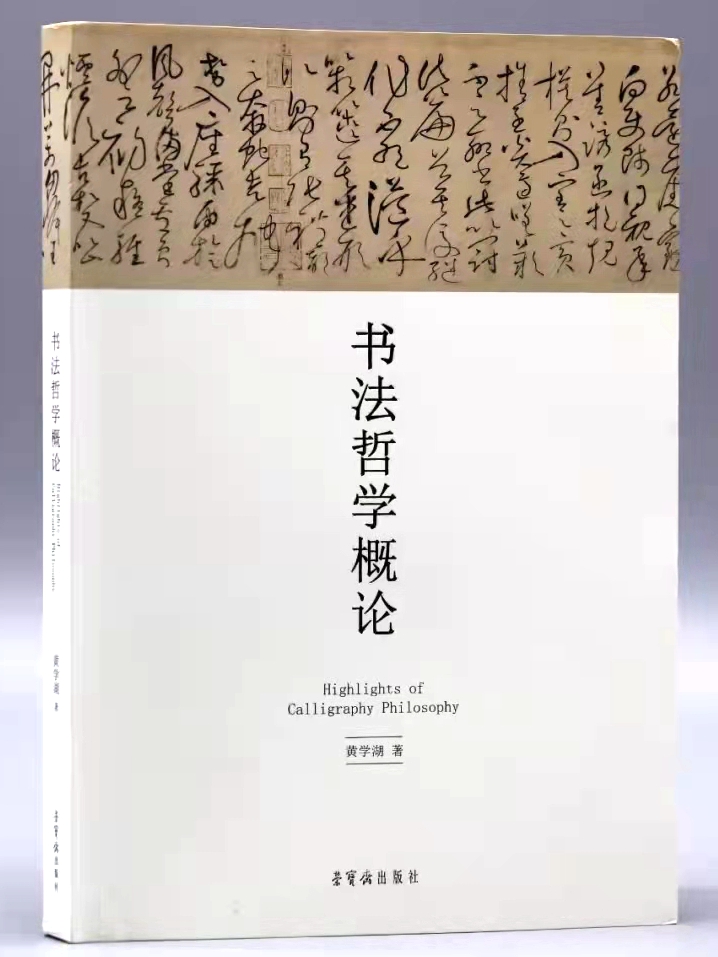
This book focuses on philosophy in calligraphy, and studies the practice and theory of calligraphy from a philosophical perspective. In Xia, Shang and Zhou Dynasties, there were oracle bone script, bronze script, and large seal script. The Spring and Autumn Period, the Warring States Period, and the pre-Qin Period witnessed the emergence of the small seal script and official script. In the Han Dynasties, all of the above styles were used and calligraphy became an independent form of art. Chinese calligraphers use ink, structure, layout, brushstrokes, points, and all shades of of black and white to convey their thoughts and emotions, incorporating their interpretation of Chinese philosophy into their calligraphic works. This book studies the origin and evolution of Chinese calligraphy and the patterns of different scripts. It delves into the history of Chinese calligraphy, studies the art of calligraphy from the perspectives of brushwork, structure, composition, shape, and connotations, and invites readers to explore a variety of related topics, including creation of calligraphic works, the cursive script, artistic styles of calligraphers, the natural expression of calligraphy, the dialectical logic behind calligraphy, and the romantic expression of calligraphy.
